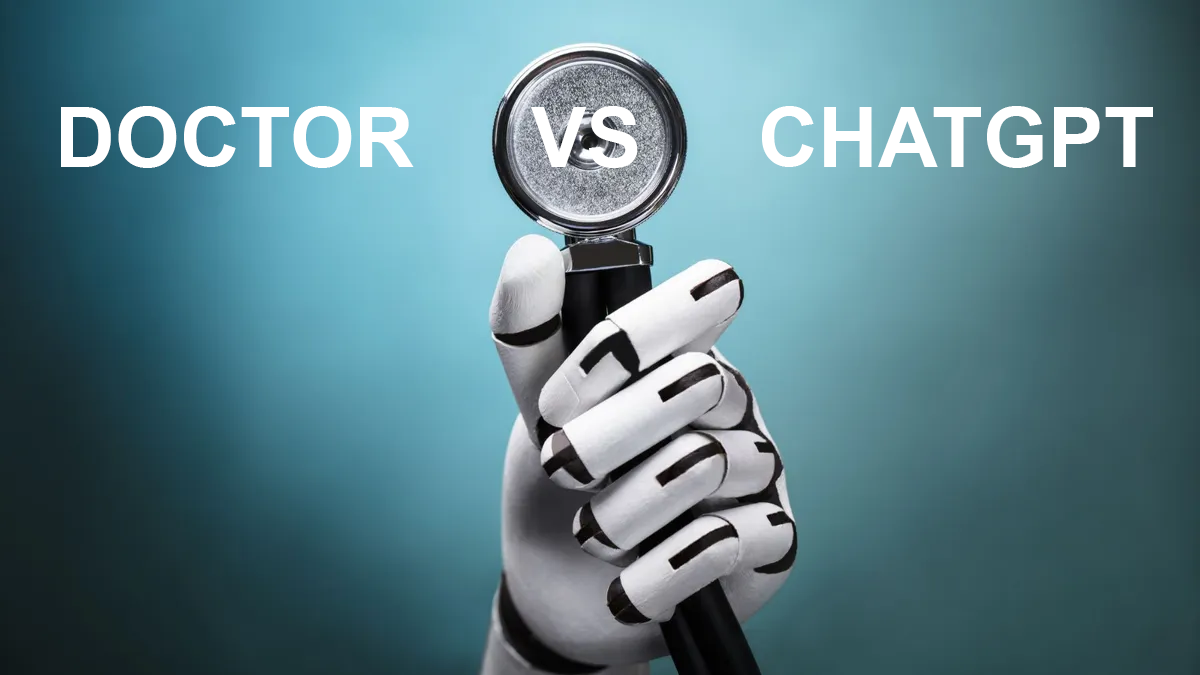Ast
ronomers have made the most precise measurements to date of the expansion rate of the universe and are now turning to some weird new physics to explain the results.
The study, to be published soon in The Astrophysical Journal, used the Hubble Space Telescope to show that the universe is flying apart faster than expected. The newly-measured rate of expansion doesn’t match up with predictions obtained via other methods, which may mean that there is something amiss with our current models of the universe.
“The community is really grappling with understanding the meaning of this discrepancy,” says Adam Riess, lead author and researcher the Space Telescope Science Institute (STScI) and Johns Hopkins University, both in Baltimore, US.
The rate of the universe’s expansion over time is called the Hubble constant. Measurements of the constant’s value have differed wildly, and over the past decades astronomers have been striving to narrow down its true value.
In this study, astronomers used the Hubble Space Telescope to measure the distances to other galaxies by studying Cepheid variables. This is a class of stars that change their brightness in a predictable way, allowing astronomers to infer their distance from Earth. Cepheid variables have been used to estimate the Hubble constant before, but this time the team looked at Cepheids up to 10 times farther into space, between 6000 and 12,000 light-years away.
Brad Tucker, astronomer at ANU’s Mount Stromlo Observatory and co-author of the study, explains that in order to extend Hubble’s view this far, a new scanning technique involving the creative use of parallax was developed. Every six months for four years, Hubble measured the positions of selected Cepheids at a rate of 1000 times per minute, reducing the errors in measurement.
The team thus determined a new value for the Hubble constant: 73 kilometres per second per megaparsec (where a megaparsec is equal to 3.3 million light-years).
But this value does not tally with measurements made by the European Space Agency’s Planck satellite. By peering back at the very early universe and studying the cosmic microwave background — the leftover “glow” of the Big Bang — Planck estimated that the Hubble constant must lie between 67 and 69 kilometres per second per megaparsec.
The difference between these two measurements may not seem like much, but it is enough to give astronomers pause. The measurements made by Riess and his team are so precise that the chance that this is a fluke is one in 5000.
“Both results have been tested multiple ways,” Riess explains, “so barring a series of unrelated mistakes, it is increasingly likely that this is not a bug, but a feature of the universe.”
There are three main suspects to explain these results, all of which delve into the realms of unknown physics. Dark energy could be thrusting galaxies apart more strongly than expected and with growing strength; dark matter may interact more strongly with normal matter than predicted; or previously unidentified subatomic particles (‘dark radiation’) may be responsible.
Each of these scenarios would alter our models of the universe and lead to inconsistencies, resulting in incorrect values for the Hubble constant as inferred from observations.
According to Andrew Hopkins of Australian Astronomical Observatory, who was not involved in the study, this tantalising result highlights how much we still don’t understand: “The more such discrepancies we find, the better the opportunities are for astronomers and particle physicists to start to dig into the detailed reasons behind them and improve our understanding of both the universe and fundamental physics.”
Plans to fine-tune the Hubble constant even further are underway. Riess and his team will measure the positions and distances of more stars using data from the Hubble Space Telescope and ESA’s Gaia space observatory. Meanwhile, Australian researchers are taking a different approach and applying the method used by Planck to the nearby universe.
“The Taipan Survey at Siding Spring Observatory here in Australia is going to do exactly that,” says Tucker.
Hopkins says that the galaxy survey — which will start later this year — will “improve the measurement precision of Hubble's constant to a greater level even than these Hubble Space Telescope observations have done”.
By measuring up to two million galaxies, Hopkins estimates they will narrow the constant down to a precision of 1%.
According to Tucker, this new survey “will show whether there really is something missing in our cosmology of the universe, or a measurement has gone wrong”.





